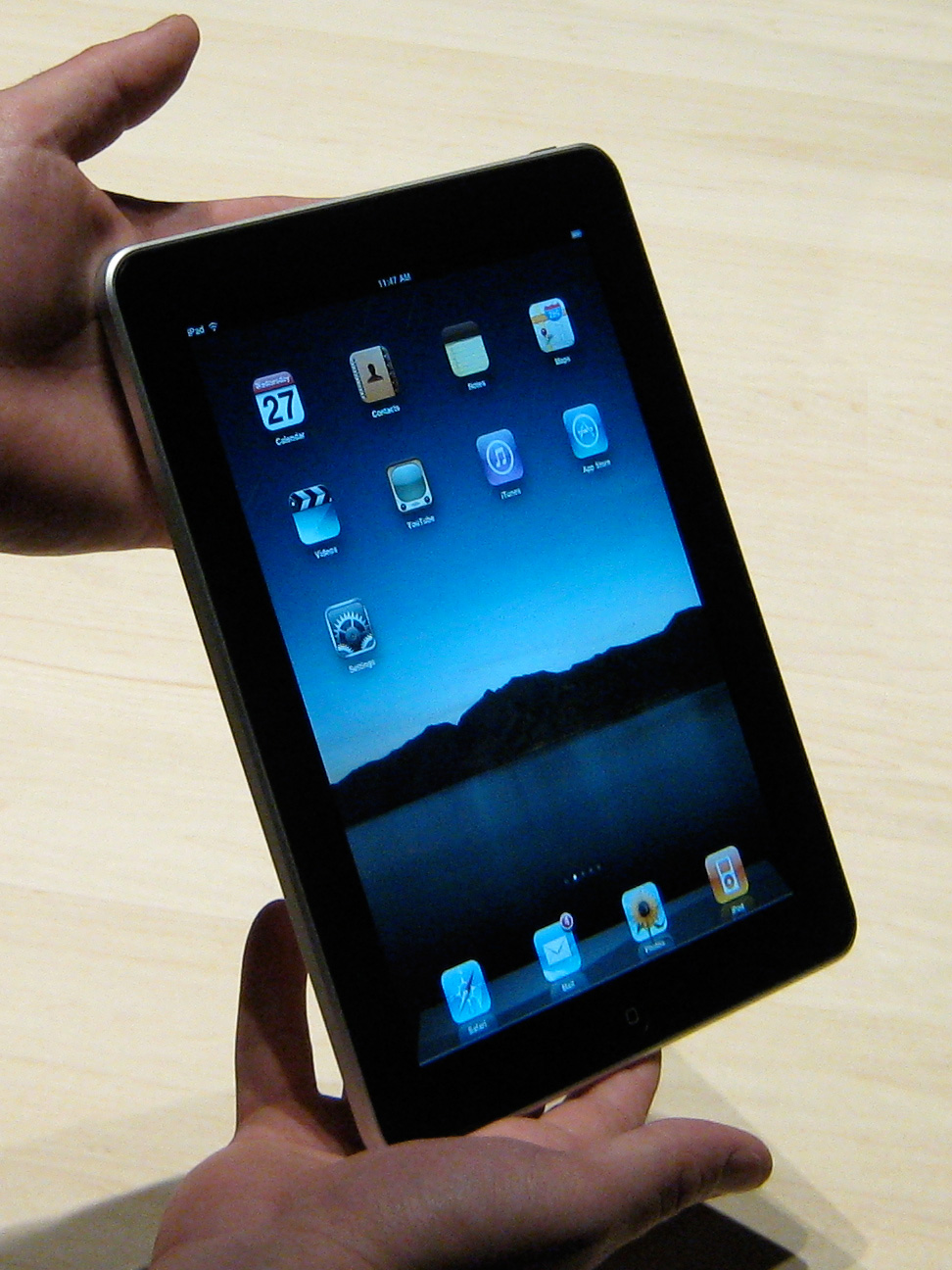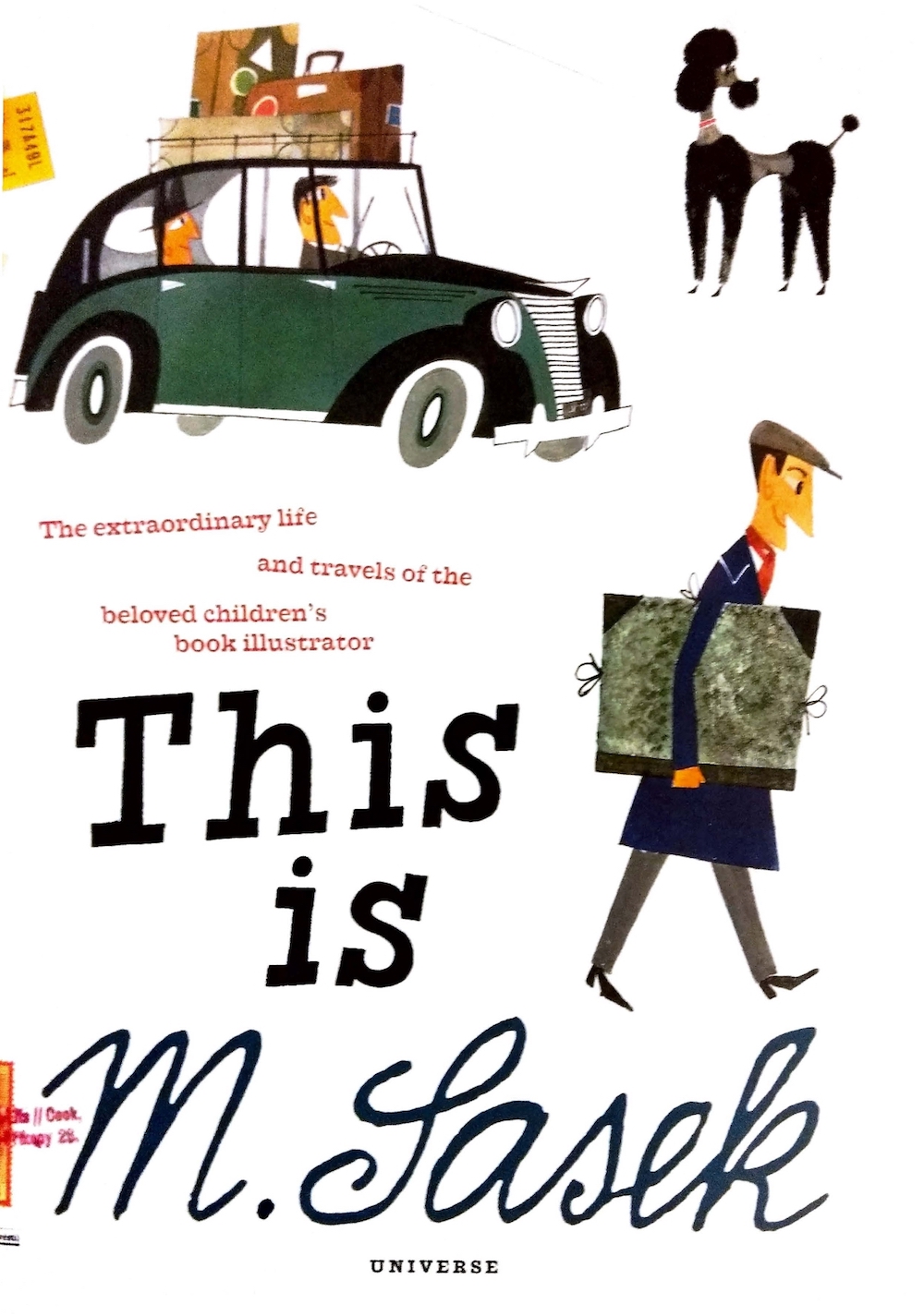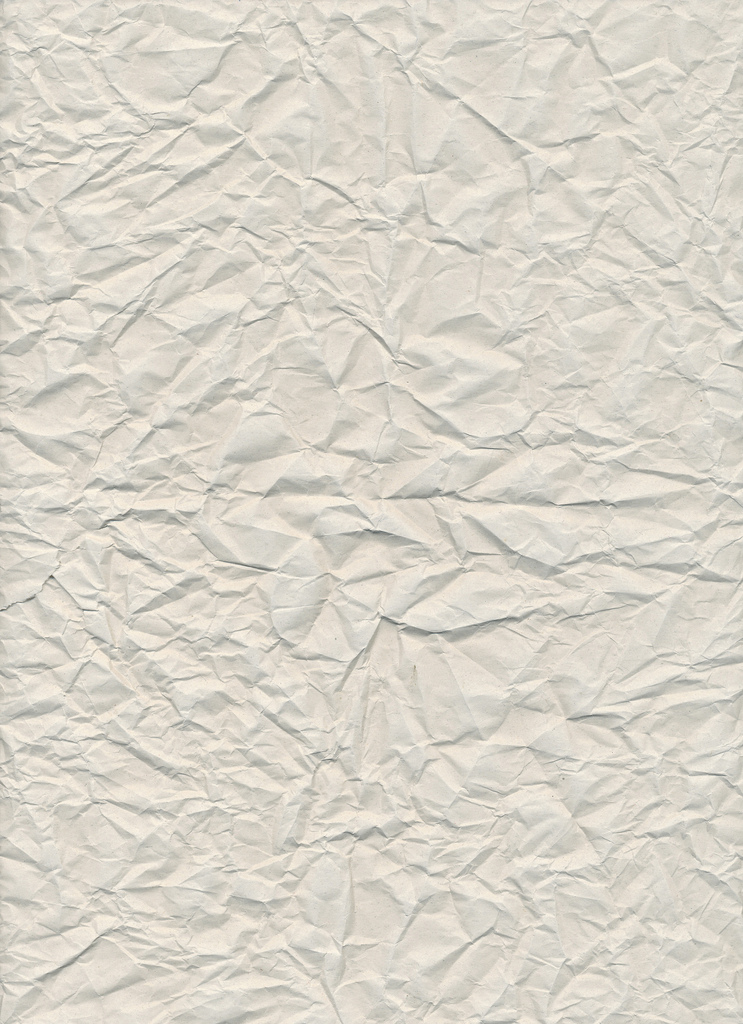My seven-year-old nephew got an iPad for his birthday. As you can imagine, he’s pretty excited about it. After a lightning-fast recap of his holiday photos, it was straight into a Shaun the Sheep video, and then on to the delights of Cat Piano. Half an hour later, when the adults had resumed their usual dull conversation I saw him chuckling to himself. It turned out he was looking at us “upside down” on his iPad. Yes, when all is said and done, you don’t need Wi-Fi to enjoy the decidedly low-tech reflective properties of Apple’s pricey new tablet.
As the owner of a rather pedestrian iPod Classic, perhaps I should be jealous of Gadget Boy. I’m not. But the green-eyed monster has certainly been on the rampage recently, and I’m not talking about the latest instalment in the over-extended Shrek franchise. No, as summer holidays loom, and the news cycle lurches once again into “silly season”, Apple and its many fans are getting a pasting from some frivolous, irrational and very mean-spirited writers.
Unless you’ve been holed up in a Tibetan monastery, you’ll probably have seen last week’s screaming headlines about “horrible” iPad users being part of a “selfish elite”. MyType, a world-renowned purveyor of psychological insights for users of Facebook, revealed the results of a survey of 20,000 people about attitudes towards Apple’s new toy.
In the interests of research, I did look at the analysis of their “Elites vs. Geeks” survey. Unfortunately, pie charts have long been a bit of a turn off for me, and it turns out that a mere 1% of those surveyed actually owned an iPad. In blunt, unscientific terms, I thought this was a load of bullshit. I was also none too impressed by the half-witted, so-called journalists on one of the UK’s most right-wing organs who claimed: “A survey has revealed the typical person who has bought Apple’s latest gadget is unkind and has little empathy for others.”
The same piece went on, “But the next time you see someone sitting on a train smugly using theirs, take comfort from the fact they are probably not a nice person.” Hmm. If I find myself making that kind of snap judgment about someone who has the temerity to use an iPad in public, I shall be seriously questioning whether I am, in fact, a nice person.
But this wasn’t the end of the bad press for iPad users. A couple of weeks earlier, the usually serious Financial Times printed columnist Tyler Brûlé’s hilarious observations of holidaying iPad users, straining to see their (touch screens) in bright sunlight. Our fearless investigative reporter saw one couple almost come to blows after the woman accidentally squirted sunscreen over the screen. I’m sure there’s a risqué joke just itching to be made here, but I can’t be bothered.
Actually, when I said “hilarious”, I was striving for what might be termed a Brûlian level of irony. This was a stupid piece that took far too long to make its not-very-insightful point, which was that only “twits” would persist with trying to read from an iPad by the pool when they could make do with a book, a magazine, or perhaps some of Mr Brûlé’s deathless prose.
The common denominator here is that “iEnvy”, helpfully defined as “The envy of another person’s Apple product, such as an iPod, iPhone, or laptop” appears to be on the increase. I attribute this to the recent launch of seductive new devices like the iPad and the iPhone 4, and also to the post-recession trend for attacking anyone who appears to be better off than you. I wouldn’t mind if this phenomenon was providing us with thought-provoking or humorous material. Sadly, it isn’t. This amusing skit sums up the sound of barrels being scraped:
Fortunately, my recent exposure to iEnvy has also proved to be educational. An article in The Spectator entitled “Rotten Apple” turned out not to be another puff piece examining the shortcomings of iPad users. Instead, I learned that tantalum is not a new App available from the iTunes store for a modest fee, but the name of a greyish blue transition metal used in the manufacture of iPhones and iPads. Who knew?
Writer Philip Delves Broughton cites the dubious provenance of tantalum — one fifth of the world’s supply is mined in the war-ravaged Democratic Republic of the Congo — as one of several good reasons to take a hard look at Apple’s supply chain. He concludes that while these shiny toys are great, “the world was not a conspicuously worse place without them. The more we learn about what it takes to make them, the less blinding their dazzle”.
Yes, when it comes to iEnvy, the Central African state has assets that are considerably more covetable than a $500 dollar smartphone or tablet. In fact, as Newsweek explains “Its bountiful deposits — in everything from copper to diamonds — are brazenly plundered by corrupt governments and regional warlords.” Instead of recycling meaningless Facebook surveys, I think the British media should consider the true significance of the “conflict metals” being used in Apple’s products and the butchers who helped put them there. It’s no laughing matter.
(Article first published as iEnvy: Trivia, Tantrums and Tantalum on Blogcritics.)














3 Pingbacks